Readers of Raymond Roussel’s penultimate work, Nouvelles Impressions d’Afrique, are faced with a problem. The work is built on a system of nested parentheses, and they’re hard to negotiate. Some readers have built machines, or used card files; I found it easier to make a map, which I could then check to find my way back after a digression.
You’re welcome to use it, of course, but I recommend making your own, since it helps orient you.
(Posted by Doug Skinner)

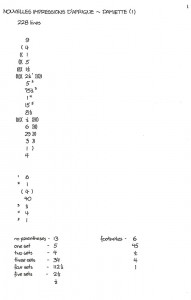
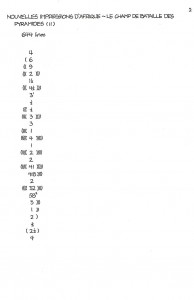
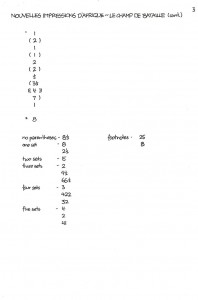
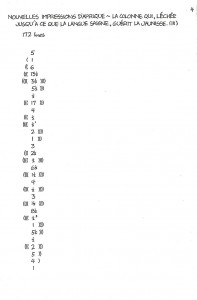
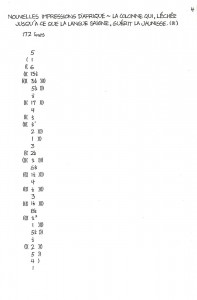
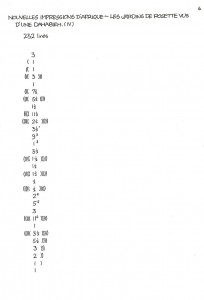
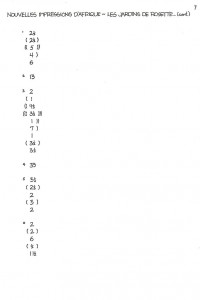
2 responses so far ↓
1 Win // Dec 6, 2012 at 2:21 am
By contrast, his earlier Locus Solus contains but a single orthographic parenthesis, on page 180, containing the French translation of the name of an odd flower (veuve de la veille). The center piece of that novel is a series of tableaux contained within a large glass cage, so that might count as a parenthesis too.
I like your maps, Doug. They remind me of CSS (cascading style sheet) instructions for website content.
2 Doug // Dec 6, 2012 at 10:23 am
For some reason, Roussel liked to remain one remove from reality. So many of his works describe imaginary works of art: performances, machines, engravings; the most extreme is “A l’Ambigu,” a long poem describing the performance of a play. He couldn’t simply write the play; he had to describe it in alexandrines. The parentheses were only one aspect of this obsession…